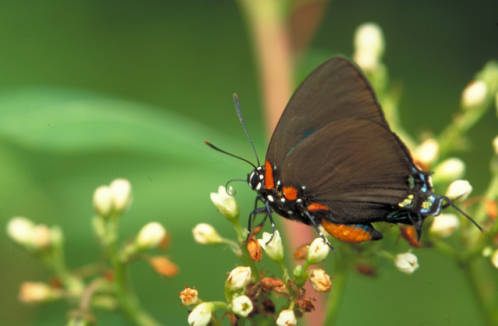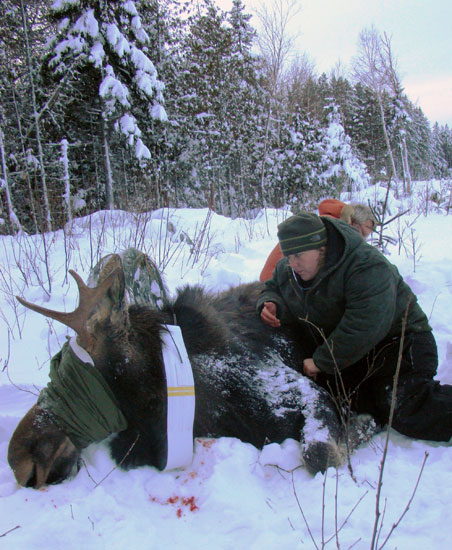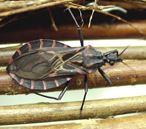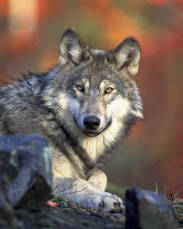 In a press release issued this week, the American Bird Conservancy named Peeps its Easter bird of the week for the second straight year and declared that while the overall population is severely depleted each year at this time, “Populations appear to quickly rebound in subsequent years and therefore they are not a species of conservation concern.”
In a press release issued this week, the American Bird Conservancy named Peeps its Easter bird of the week for the second straight year and declared that while the overall population is severely depleted each year at this time, “Populations appear to quickly rebound in subsequent years and therefore they are not a species of conservation concern.”
Further, the report says, there is reason to believe that each color morph is actually an individual species. “There simply isn’t any evidence that these forms interbreed,” said ABC senior scientist Dr. David Wiedenfeld in the release. “While they can often be found roosting in the same box, the fact is that nobody has ever seen an intermediate bird between the color morphs,” he added.
More fun can be found both in the ABC press release and its bird of the week profile (which are nearly identical).
This is what happens when Easter is the day before April Fool’s Day. However, you can expect all seriousness from us on Monday. (And personally, I have never found different color morphs nesting in the same box.)
Photo: Marshmallow Peeps, by Just Born






 Chagas disease, spread by kissing bugs or reduviid bugs is a scourge in South America, has the potential to cause heart failure. The symptoms can be chronic and go on for years.
Chagas disease, spread by kissing bugs or reduviid bugs is a scourge in South America, has the potential to cause heart failure. The symptoms can be chronic and go on for years.